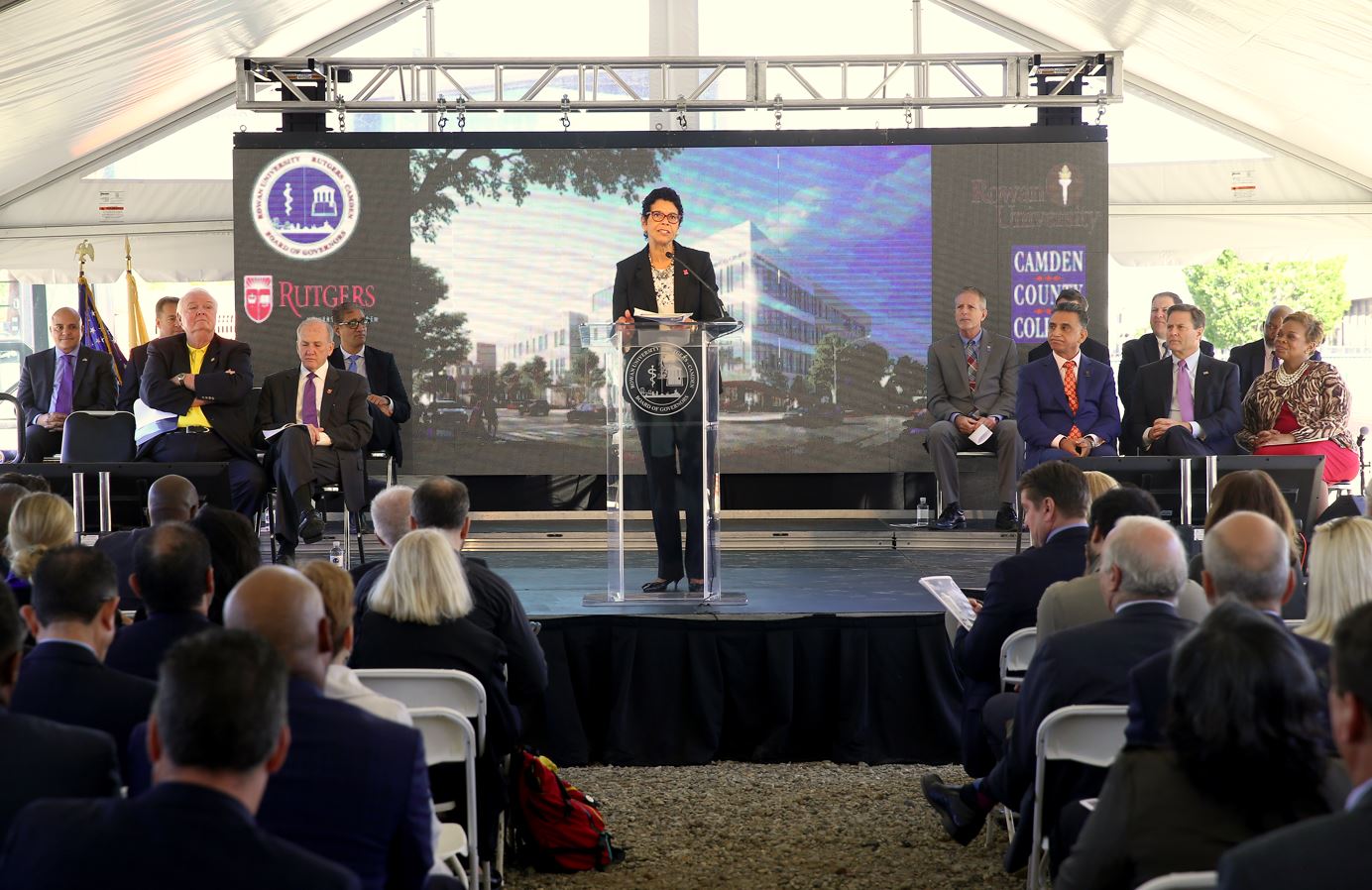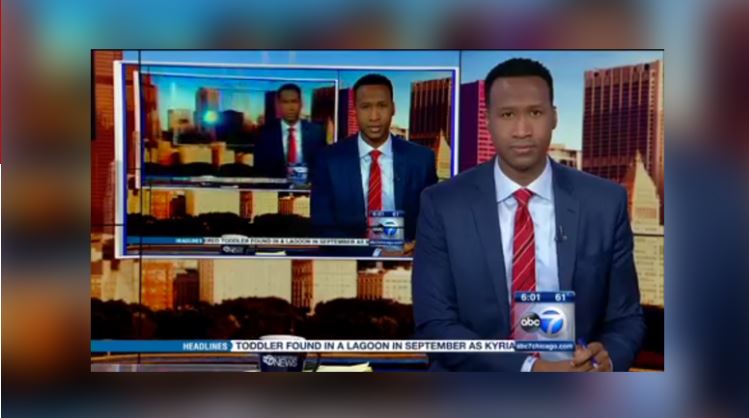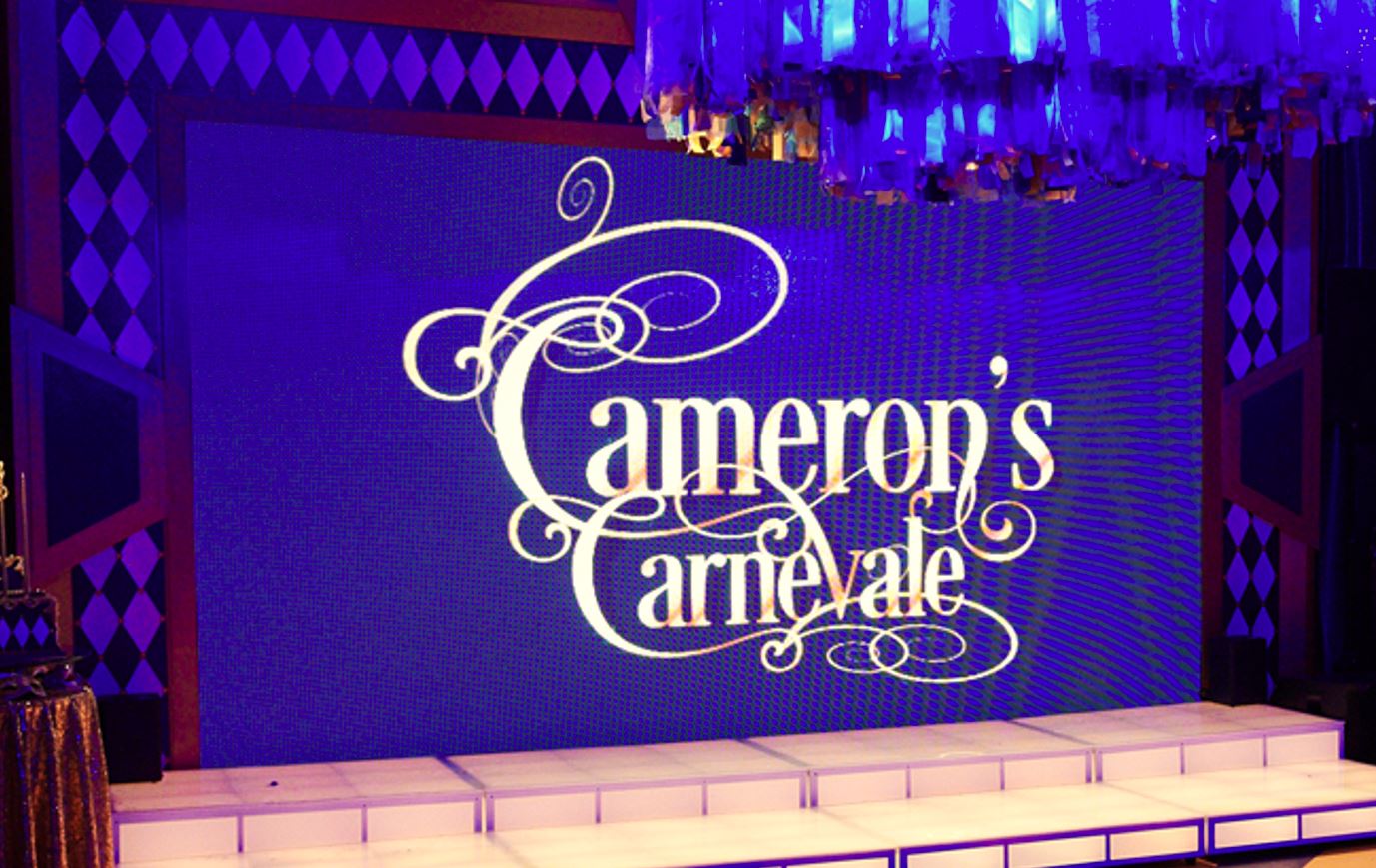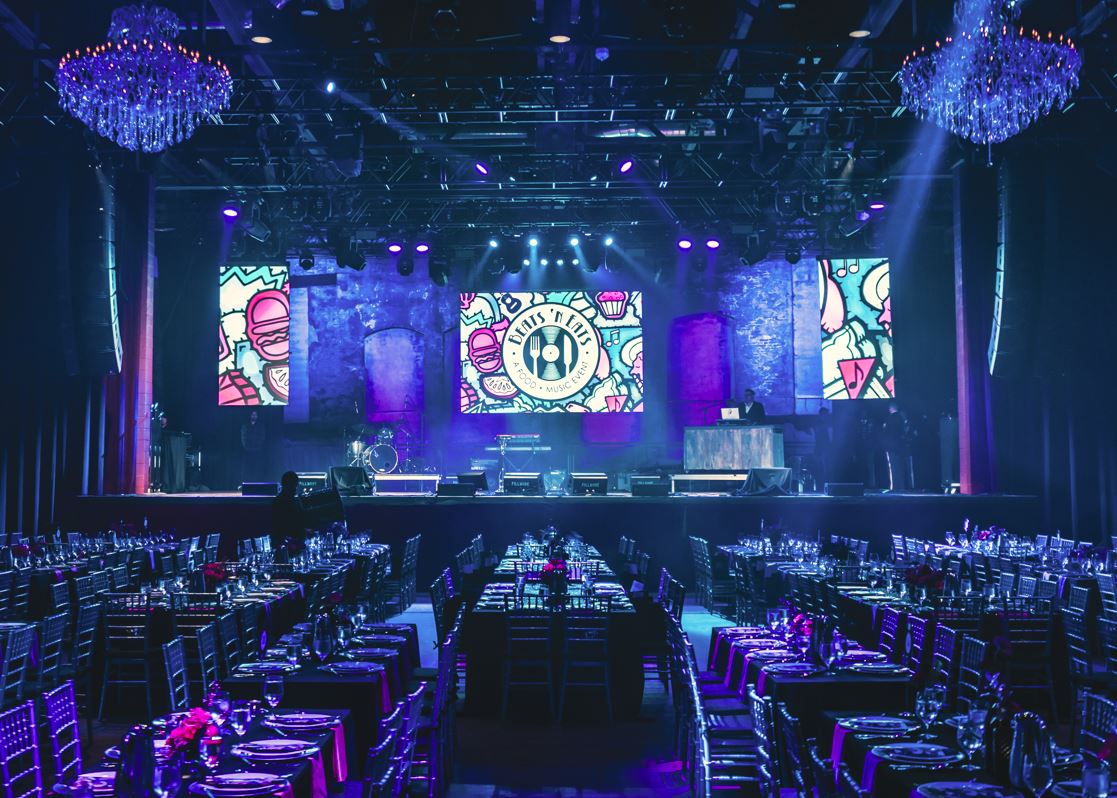Why Having a Video Wall Directly Behind You on Stage Isn’t Always the Best Idea
At first glance, placing a video wall directly behind a speaker, a band, or a panel on stage might seem like a great idea. Big, bold visuals! Instant impact! But from an audio-visual production perspective, it often creates more problems than it solves — especially when it comes to visibility, audience experience, and technical challenges.
If you’re an event planner, producer, or venue manager, here’s why we recommend thinking twice before setting up a video wall directly at ground level behind your talent — and what you should consider instead.
Sightlines Get Blocked — Fast
One of the biggest issues with placing a video wall low and directly behind the stage is sightlines.
When a presenter stands in front of the wall, their body blocks part of the screen.
When a panel of speakers is seated across the stage, they block even more.
When a band performs? Forget it — between drums, amps, guitarists, and singers, huge sections of the wall can become invisible to much of the audience.
Instead of guests enjoying beautiful visuals, they’re stuck watching bits and pieces peek out around people’s heads. The content you invested in creating — whether slides, logos, or videos — ends up hidden behind the talent, frustrating your audience and diminishing the impact you were hoping for.
Solution: Raise the screen higher above the stage, or split the content across multiple screens to maintain clean, unobstructed sightlines.

IMAG and the “Droste Effect”
If you’re planning to use IMAG (Image Magnification — the practice of putting a live video feed of the presenter or performers onto the screen) with a low, rear video wall, another problem pops up: the Droste Effect.
This happens when a camera captures the screen showing the camera feed, which is capturing the screen, which is showing the feed…and on and on. It creates an infinite loop of repeating images inside images — very distracting and highly unprofessional for a polished event.
In a best-case scenario, your tech team will work hard to frame shots to avoid this. But in tight, busy setups with a video wall directly behind the subject, it’s almost unavoidable. The result is a visual “echo” that can make your event look confusing or even chaotic.
Solution: Move the IMAG displays (like side screens) off to the left and right of the stage where the cameras aren’t constantly filming their own output.

The Moiré Effect: When the Screen Distracts
Another issue that often catches people off guard is the Moiré Effect.
This happens when a video wall’s pixel pattern interferes with a camera’s sensor, creating wavy, distracting, almost psychedelic patterns across the screen. It can ruin the clean look of your event photos and video recordings — not to mention confuse your in-person audience.
The Moiré Effect is especially common with low-resolution LED walls placed close behind presenters. When someone moves or gestures, it can cause noticeable visual distortions in the background, pulling attention away from the actual message.
Solution: Using higher-resolution LED walls and positioning them farther back or higher can dramatically reduce this problem.
The image below has the Moiré Effect on the right side and the left side of the screen does not.

It’s a Bigger Problem Than You Think — Especially for Live Events
- For corporate events and keynote sessions, you want your audience focused on the speaker, not trying to decipher what’s happening behind them.
- For awards shows and panel discussions, guests want to see both the honorees and the content on screen — not be distracted by a blocked or distorted background.
- For concerts and performances, bands naturally take up a lot of real estate on stage. A video wall directly behind them becomes nearly useless at eye-level.
When we set up productions, our top priorities are ensuring visibility, clarity, and impact. A screen hidden behind performers doesn’t serve any of those goals — and often leaves everyone feeling disappointed.
How to Do It Better
There are much better ways to incorporate dynamic video walls without sacrificing visibility:
- Raise the screen higher: Suspend the wall above the stage so it’s visible over presenters’ heads.
- Use side screens: Place screens to the left and right of the stage for IMAG and slides.
- Split the design: Use a combination of scenic walls, lighting, and smaller elevated screens for maximum flexibility.
- Design for the audience first: Always prioritize what the audience will see and experience from their seats.

 April 29, 2025
April 29, 2025  Synergetic
Synergetic  Video
Video  August 23, 2025
August 23, 2025  Synergetic
Synergetic  About Us
About Us